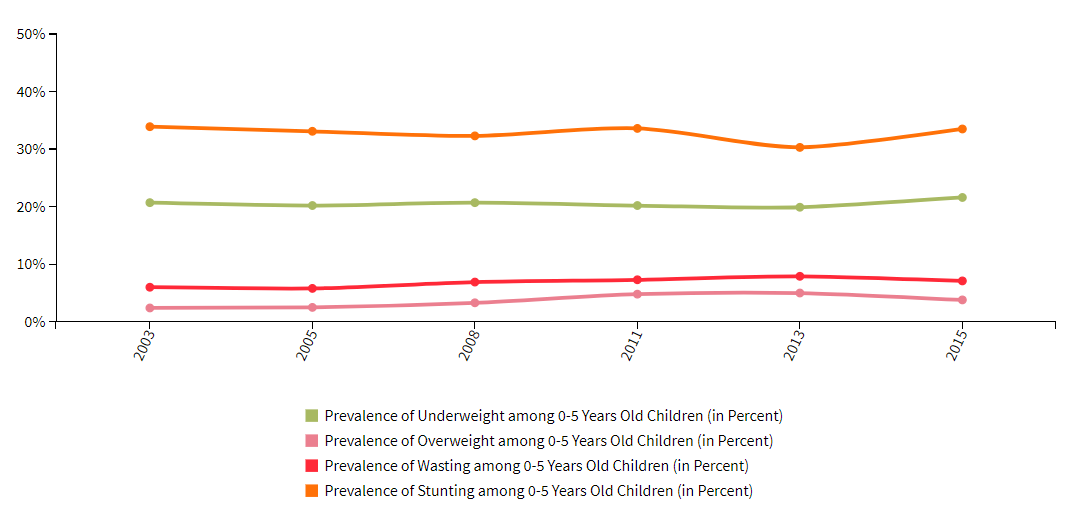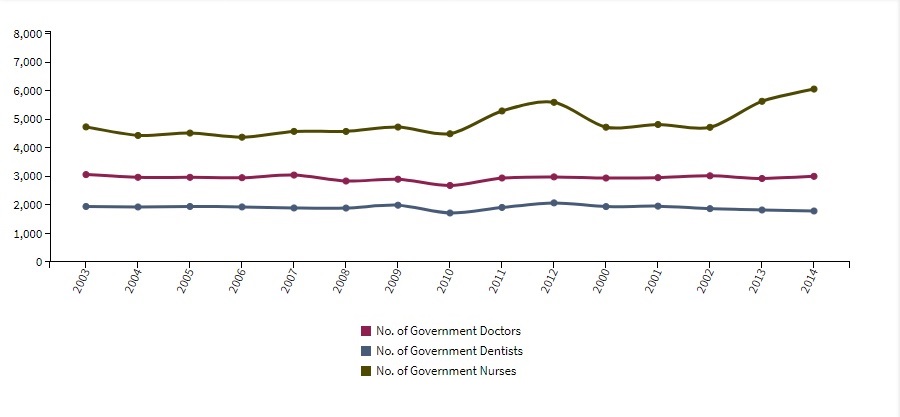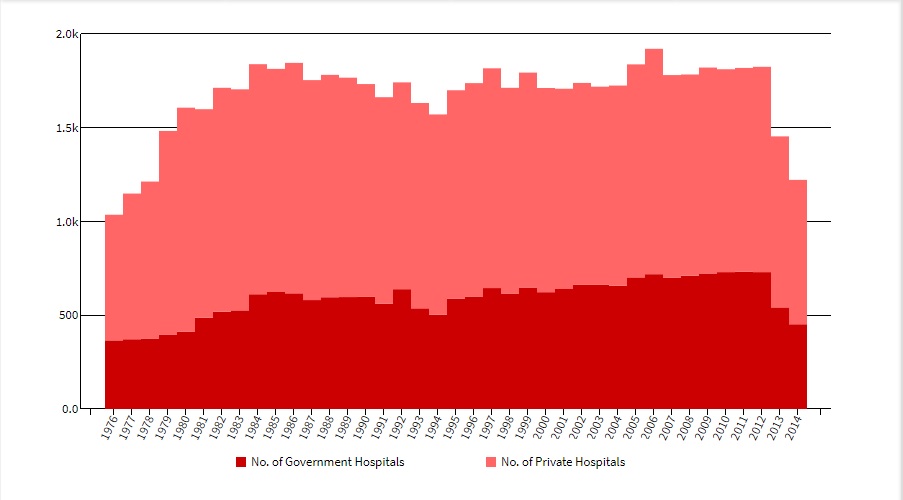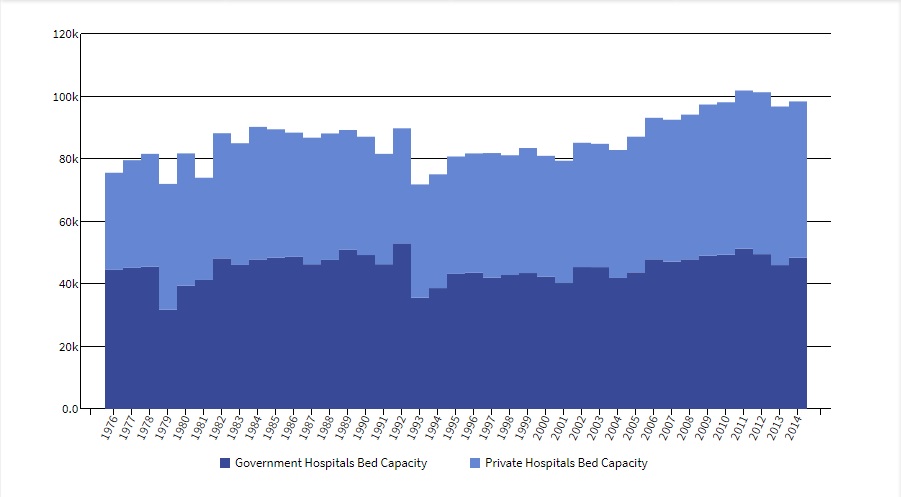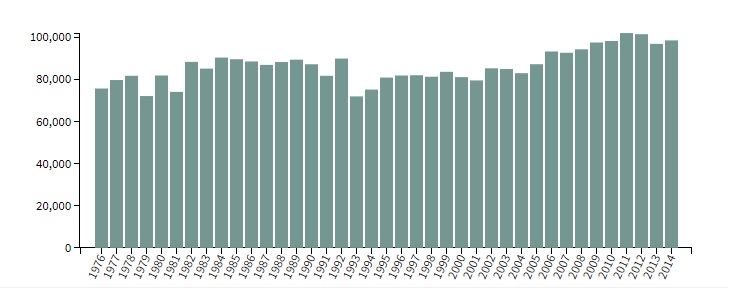ON June 25, 1974, or exactly 43 years ago, the late strongman President Ferdinand E. Marcos issued Presidential Decree No. 491 or The Nutrition Act of the Philippines. By this edict, the National Nutrition Council was created and the month of July declared as Nutrition Month.
Yet still, malnutrition continues to stalk Filipino children five years old or younger. Since 2003, of children aged 0 to 5, two of every 10 were underweight, while three of every 10 were stunted or too short for their age.
Wasting — or thinness — has affected a growing number of Filipino children from 2003 to 2013. It decreased slightly to 7.1 percent in 2015. On the other hand, only 2 to 5 percent of children aged 0 to 5 years old were said to be “overweight”.
But who will take care of our children and the sick, and where exactly could they get appropriate care?
The good news: In recent years, the number of health professionals (i.e., doctors, nurses, midwives) in the public sector has marked an uptrend, after hitting low in 2010. However, the number of dentists in the public sector has gradually declined over the years.
The bad news: Over the last 40 years, there are far fewer government hospitals than private health facilities. The latter constitutes 60 percent of the total number of hospitals in the Philippines.
However, the number of beds at government hospitals is still comparable to those in private hospitals.
In observance of Nutrition Month this July, PCIJ offers you the narrative of data on health and nutrition in the Philippines, with some dating back from the ’70s, or over 40 years ago.
Check out PCIJ’s Money Politics Online. Read on!
